There are dogs that keep on pacing, whining, or getting restless over the smallest things. Some dogs just can’t help but stress out! Whether it’s loud noises, being left alone, or even a slight change in routine, these anxious pups feel everything more intensely than others. And let’s be real—dealing with a nervous dog can be exhausting, especially when you don’t know how to help.
Anxiety in dogs isn’t just about being shy or scared—it’s hardwired into certain breeds. Some are natural worrywarts, always on high alert, while others struggle with separation anxiety the moment you walk out the door. Their sensitivity makes them incredibly loyal and loving, but it also means they need extra care to feel safe and secure.
So, which dogs top the list when it comes to anxiety? From overly clingy to constantly on edge, these breeds require patience, training, and the right environment to truly thrive.
Most Anxious Dog Breeds
1. Labrador Retriever
Labrador Retrievers may be known for their goofy charm and endless enthusiasm, but behind that wagging tail, some Labs struggle with serious anxiety. These dogs form deep emotional bonds with their owners, which sounds sweet—until you try leaving them alone. Separation anxiety hits them hard, leading to destructive chewing, excessive barking, and full-on panic mode when you’re out of sight.
Loud noises, unfamiliar faces, or even a slight change in their daily routine can send them spiraling into nervous energy. Their high intelligence means they pick up on emotional cues quickly, so if you’re stressed, they’re stressed, too. It’s like living with a furry emotional sponge!
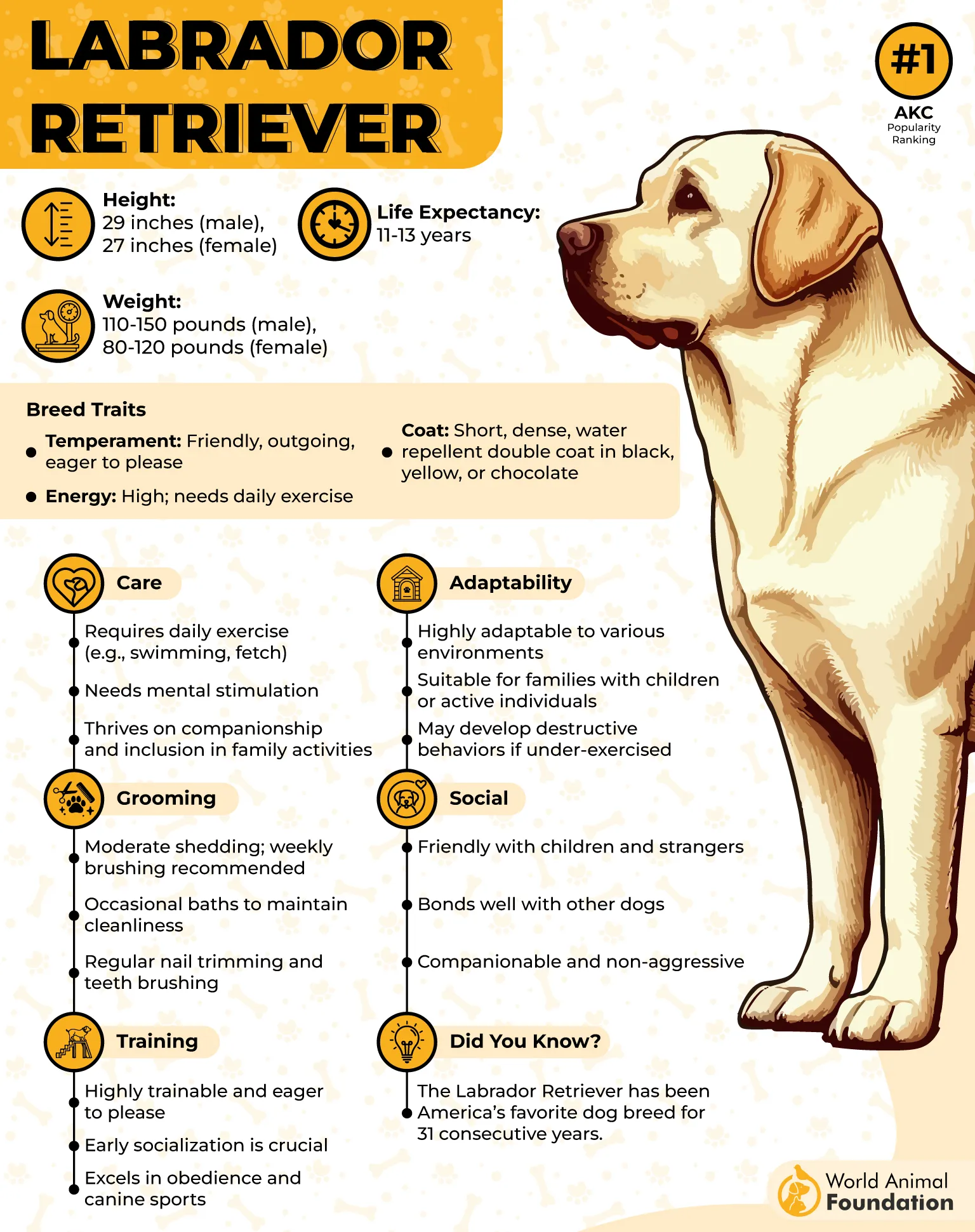
Exercise usually helps, but here’s the tricky part—Labs don’t just need physical activity; they need mental stimulation too. Without it, they can become restless, anxious, and even destructive. Think puzzle toys, obedience training, and interactive games to keep their minds busy.
And let’s not forget about their obsession with food. Many anxious Labs turn to overeating when stressed, leading to weight gain and health issues. If your Lab acts like they’re always starving, anxiety might be the real culprit. A complete and balanced diet and daily exercise can help prevent weight gain, says Purina.
Socialization plays a huge role in managing their anxiety. Labs thrive on companionship, whether it’s with humans or other dogs. Leaving them alone for long hours? Bad idea. If you have a busy schedule, consider a doggy daycare or a reliable pet sitter to keep them company.
2. Australian Shepherd
Australian Shepherds are smart—almost too smart for their own good. With a mind that never stops, these dogs can turn even minor situations into full-blown stress fests. They constantly analyze their surroundings and pick up on every little change, and sometimes, that over-awareness leads to anxiety.
Left alone too long, an Aussie will spiral into nervous behaviors—pacing, whining, or obsessively licking their paws. They crave human interaction and don’t do well in homes where they’re left to entertain themselves all day. If your schedule keeps you out for hours, a second dog or a pet sitter might help ease their nerves.
One unique thing about Aussies? They’re hypersensitive to movement and sound. A sudden noise, a fast-moving object, or even a flickering light can set them off. Some Aussies develop noise phobias, reacting dramatically to thunderstorms, fireworks, or even the beep of a microwave. Australian Shepherds are highly energetic dogs, says PetMD.

Exercise is key, but here’s the catch—not just any exercise. Aussies need activities that challenge their brains as much as their bodies. A simple walk won’t cut it. Try obedience training, frisbee, or even teaching them complex tricks. The more they have to think, the less they have time to stress.
Some Aussies also develop obsessive behaviors, like tail chasing or excessive licking, when they don’t have an outlet for their energy. This isn’t just a quirky trait—it’s often a sign of underlying anxiety. Redirecting them to a structured activity, like a training session or a puzzle feeder, can prevent these habits from becoming compulsive.
3. German Shepherd
German Shepherds are known for their intelligence, loyalty, devotion, and protective nature—but what many people don’t realize is that these traits also make them prone to anxiety. These dogs are always thinking always analyzing, and sometimes, that overactive mind works against them.
Ever seen a dog act like they’re on high alert 24/7? That’s the German Shepherd. Whether it’s a stranger at the door, a new pet in the house, or a sudden loud noise, they’re wired to react. This constant state of vigilance can be mentally exhausting for them—and for their owners.
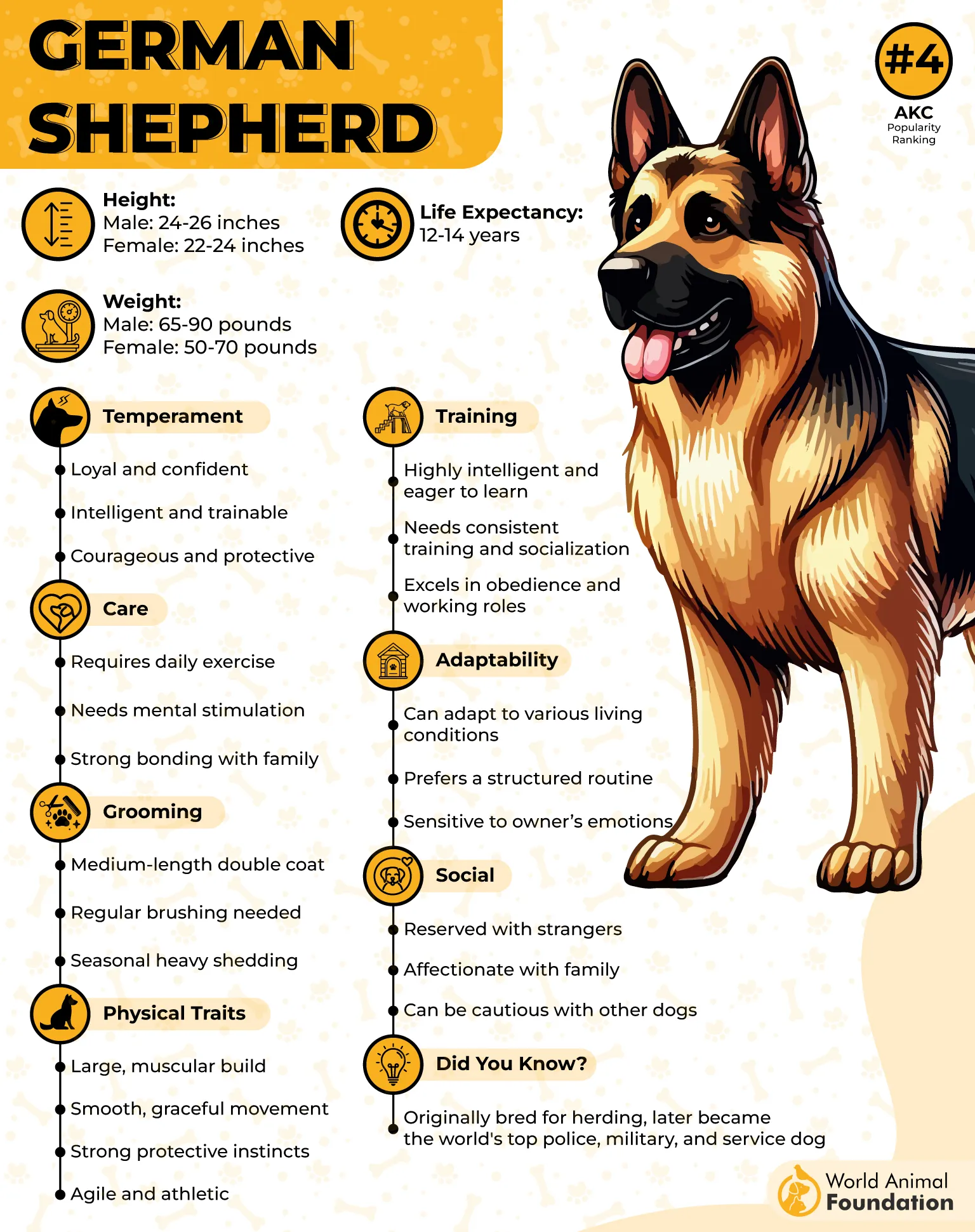
German Shepherds need to be exposed to a variety of people, places, and experiences from an early age. Otherwise, they can develop fear-based reactivity, where they become overly suspicious or even aggressive toward unfamiliar people and animals. Their protective nature makes them prone to this, so structured training is key.
German Shepherds require purpose-driven activities to keep their minds from spiraling. Obedience training, scent work, or even learning advanced commands can help keep their anxiety in check. A bored German Shepherd is an anxious German Shepherd—and it can become a handful. German Shepherds can be overly aggressive toward people, says Britannica.
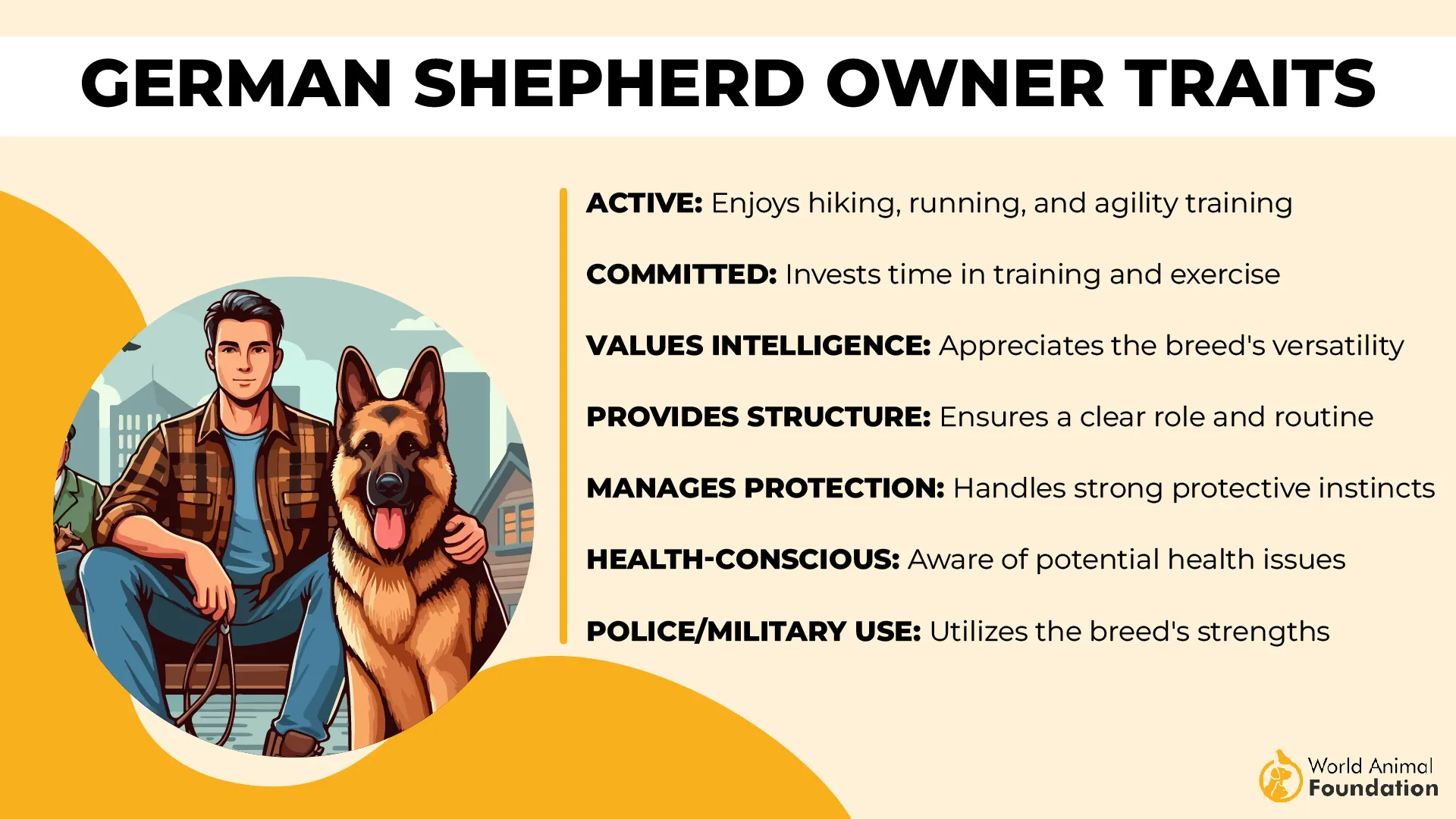
Exercise is important, but it’s not just about burning off physical energy. These dogs need controlled, structured exercise to stay balanced. Long walks with obedience training mixed in, agility courses, or even supervised protection training can help them channel their nerves into something productive.
4. Bichon Frise

The Bichon Frise may look like a tiny ball of fluff, but underneath that cheerful exterior is a dog that’s deeply sensitive. These little charmers thrive on human companionship, and when they don’t get enough, anxiety kicks in fast. They don’t just enjoy being around people—they need it.
Ever seen a dog that panics the second you grab your keys? That’s the Bichon Frise. Separation anxiety is one of their biggest struggles. They don’t just miss their owners when left alone—they worry about them. Many will whine, bark, or even refuse to eat when their favorite person isn’t around.
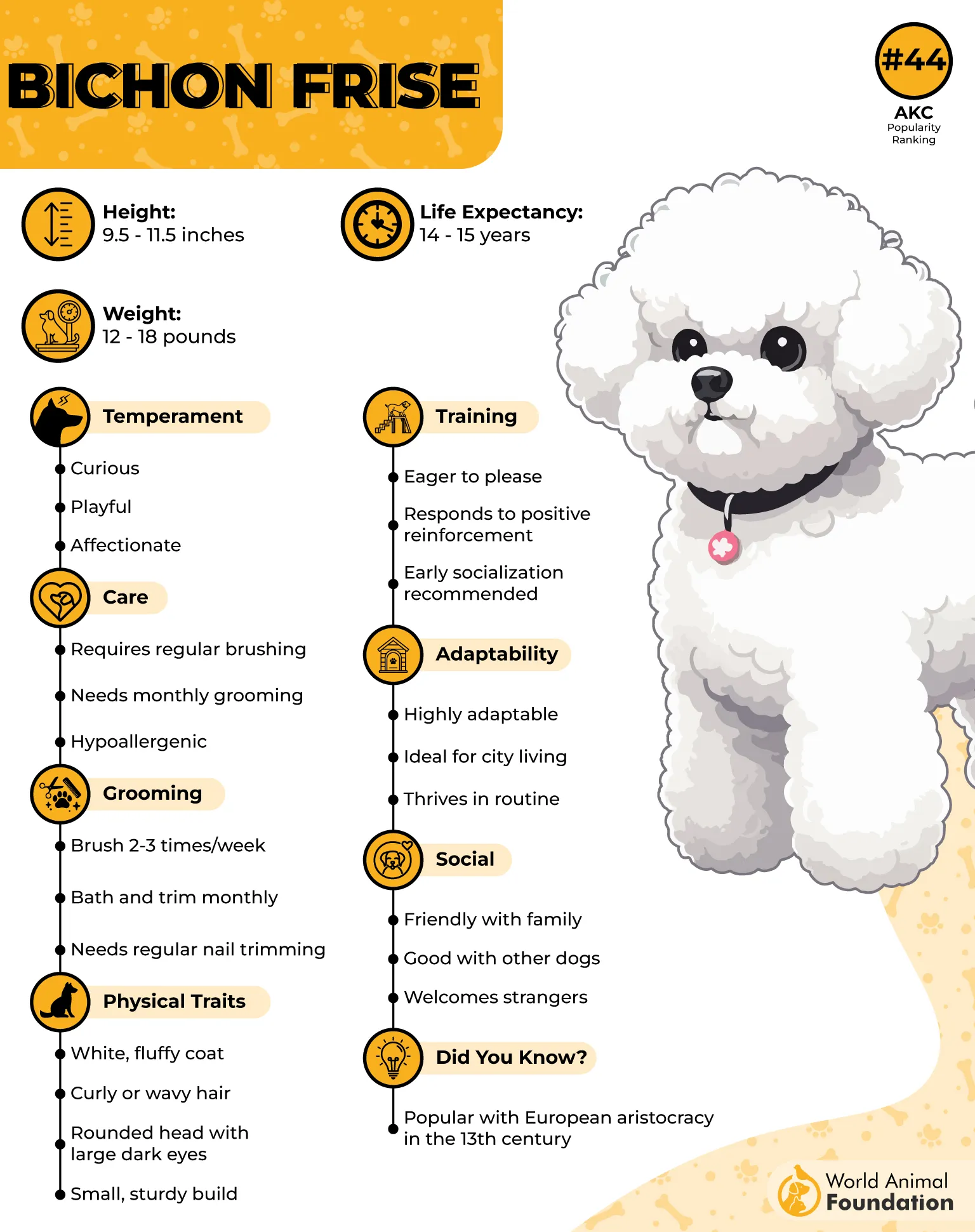
Routine is everything for these little dogs. A sudden change—whether it’s a new work schedule, a different feeding time, or even a rearranged living space—can leave them feeling unsettled. They love predictability, and they can become nervous or clingy when their world shifts unexpectedly.
Bichons love meeting new people, but they can become overly shy or reactive if they aren’t properly introduced to different environments and experiences. Some fear strangers or loud noises simply because they weren’t exposed to them early enough. Positive reinforcement and early socialization are key to keeping their confidence high.
According to PetMD, Bichons are smart, but they can also be stubborn dogs. If they sense inconsistency in training, they might start testing boundaries—leading to stress on both ends. They do best with positive reinforcement, clear expectations, and plenty of encouragement. A nervous Bichon is more likely to develop small-dog syndrome, where they overcompensate for their size with excessive barking or bossy behavior.
5. German Shorthaired Pointer
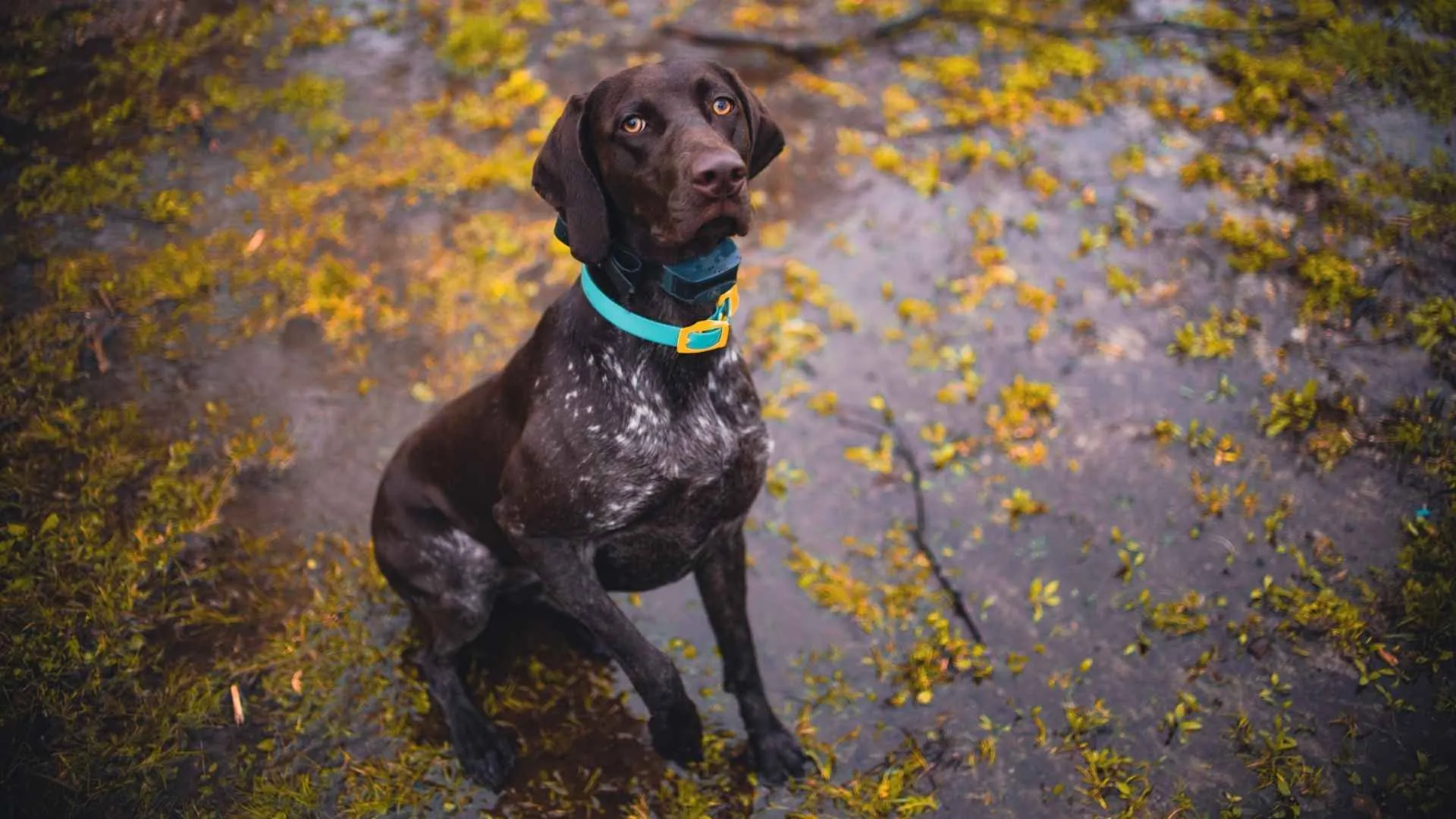
The German Shorthaired Pointer (GSP) is a high-energy, high-drive dog that thrives on activity—but that same energy can easily turn into anxiety when not properly managed. These dogs need movement like they need air, and when they don’t get enough, they become restless, nervous, and even destructive.
One of the biggest triggers for anxiety in these dogs is boredom. GSPs are bred for action, and a lack of physical and mental stimulation can make them feel uneasy. Their minds and bodies crave activity, and when that need isn’t met, anxiety takes over.
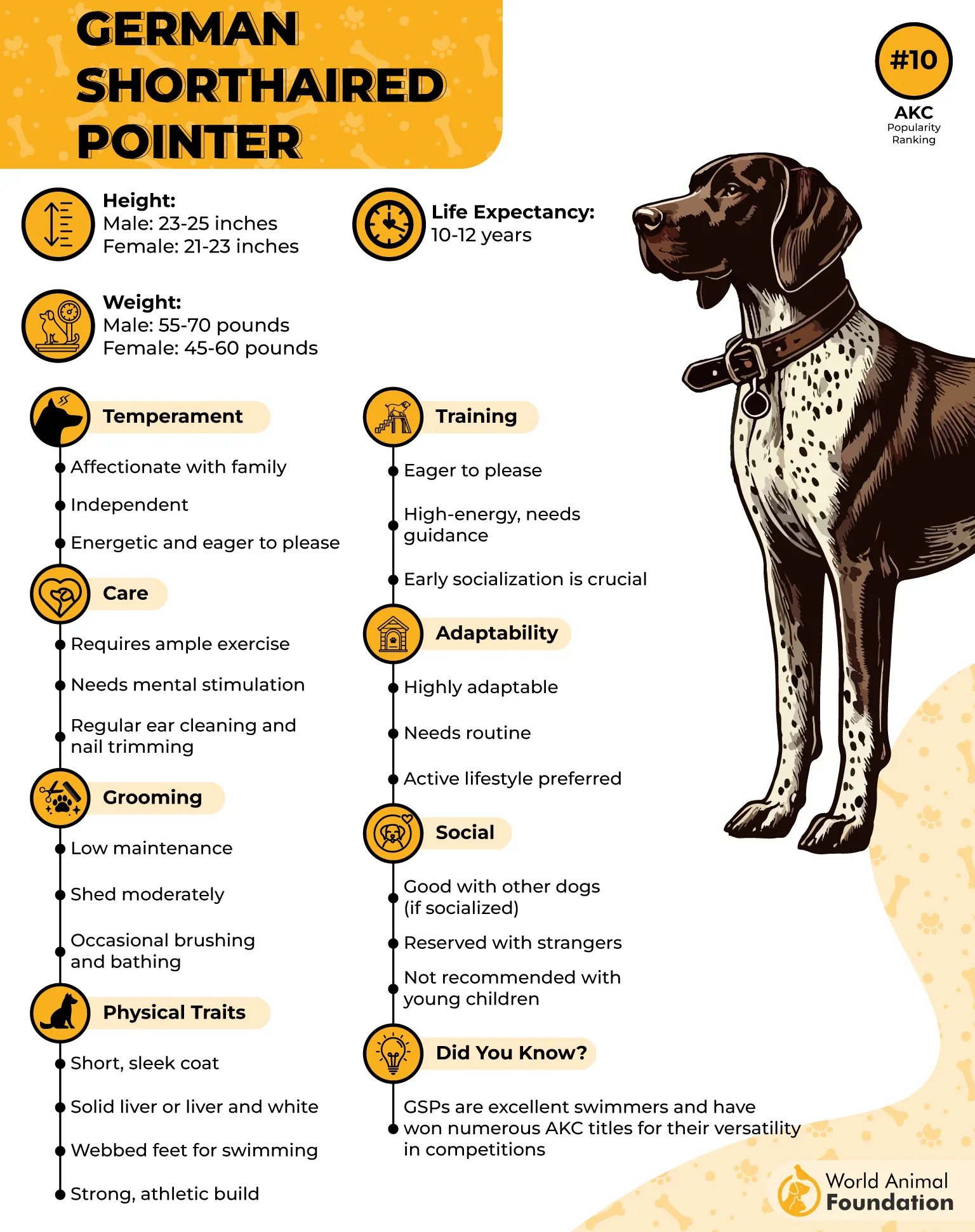
According to Hill’s Pet, they have an alert nature, and their alert nature makes them hyper-aware of their surroundings, which can be a double-edged sword. On one hand, they’re incredibly in tune with their environment, making them great working and hunting dogs. On the other hand, they can become easily overstimulated. Loud noises, unfamiliar people, or even a chaotic household can make them nervous.
These dogs weren’t bred to sit around, and if they feel like they’re not contributing, they start getting anxious. Whether it’s agility training, nose work, or even just playing fetch, giving them tasks helps prevent nervous energy from building up.
If they don’t get used to new sights, sounds, and people from an early age, they can develop nervous behaviors that make outings stressful rather than enjoyable. Exposure to different environments keeps them confident and well-adjusted.
6. Vizsla
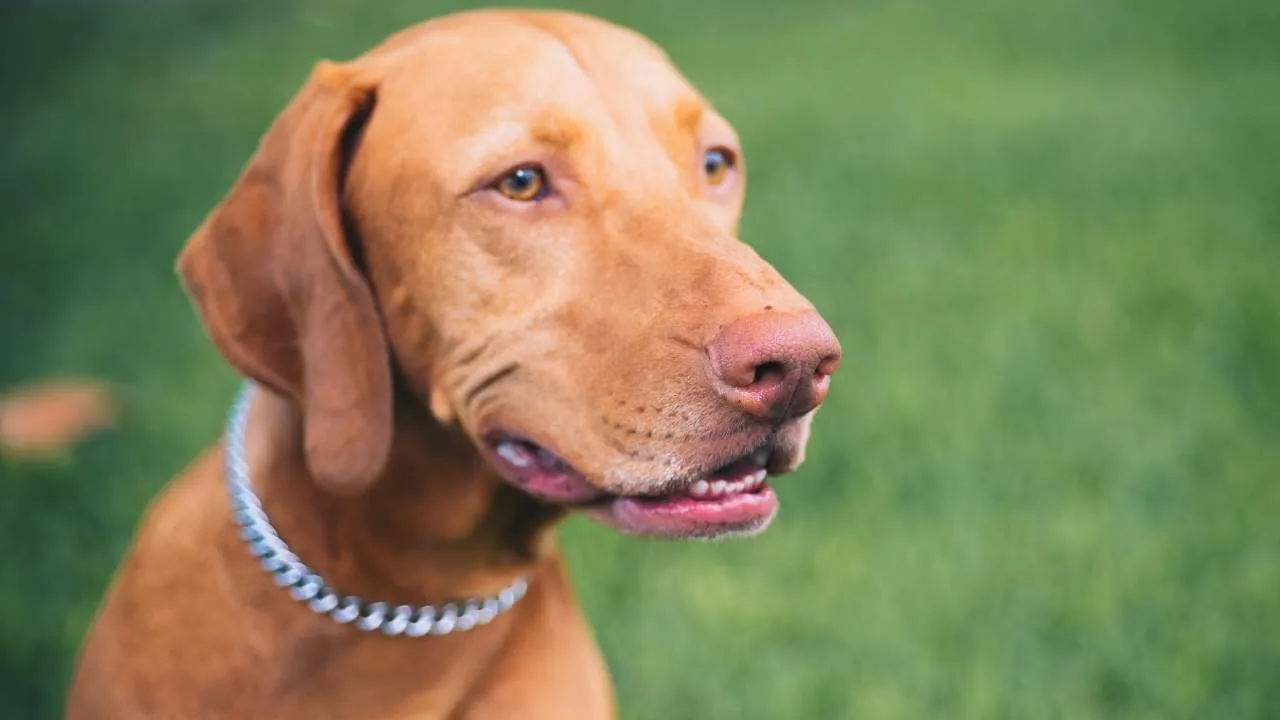
If there were an award for the clingiest dog breed, the Vizsla would win hands down. These dogs aren’t just affectionate—they’re attached to their humans like Velcro. While their loyalty is heartwarming, it also makes them one of the most anxious breeds when left alone. Ever had a dog follow you everywhere—even to the bathroom? That’s a Vizsla for you.
These dogs despise being alone. Leave them for too long, and they’ll let you (and the whole neighborhood) know with loud whining and even destructive behavior. Some will pace non-stop, while others may chew up whatever they can find—If you work long hours, this breed might not be the best fit.
Vizsla is also incredibly affectionate and sensitive, state WebMD. They don’t just pick up on their owner’s moods; they absorb them. If you’re stressed, they’re stressed. If you’re upset, they’re upset. This deep emotional connection is why they make fantastic companions, but it also means they can struggle with anxiety if their environment is unstable or tense.
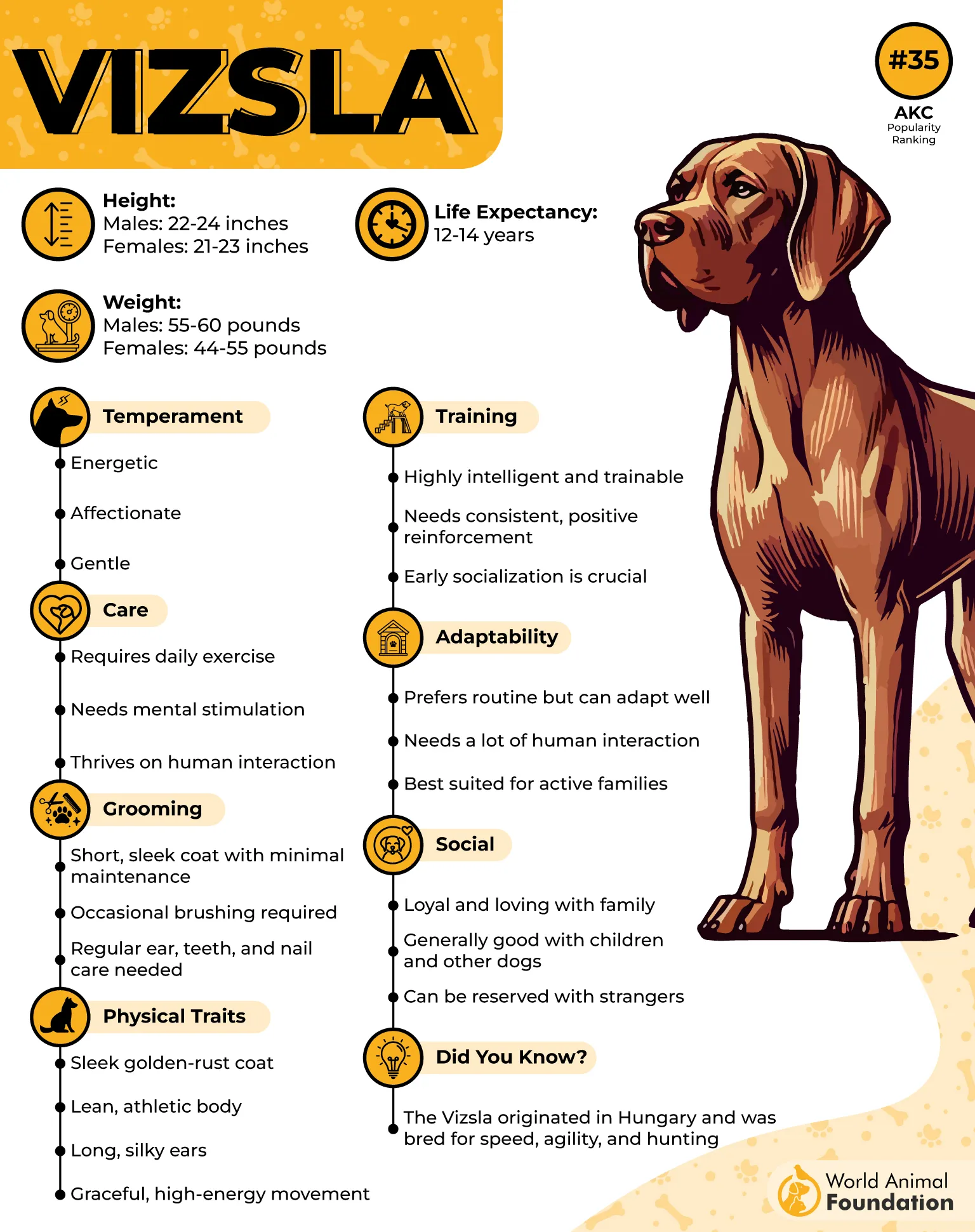
They’re natural athletes, and without enough physical activity, all that pent-up energy turns into anxious behaviors. A short walk? Not enough. A quick game of fetch? Barely a warm-up. They need real exercise—running, hiking, swimming—something that truly tires them out. Otherwise, they become hyperactive, whiny, and overly clingy.
Their alert nature can also make them easily startled. Loud noises, sudden movements, or even unfamiliar objects can set off their anxiety. Is a gust of wind moving a plastic bag? Cue the barking. A doorbell ringing unexpectedly? Panic mode. While they’re not aggressive dogs, their high sensitivity makes them prone to overreacting to stimuli.
7. Border Collie

These dogs aren’t just smart—they’re insanely intelligent. But with great intelligence comes great… anxiety. Their minds are always running a mile a minute, and if they don’t have a job to do, they start stressing out. Imagine a workaholic stuck in a room with nothing but a clock ticking.
Their biggest anxiety trigger? Boredom. A bored Border Collie isn’t just sad—they become restless, destructive, and sometimes obsessive. They might start chasing shadows, herding children, or fixating on random objects. Some even develop compulsive behaviors, like spinning in circles or staring at walls for hours.
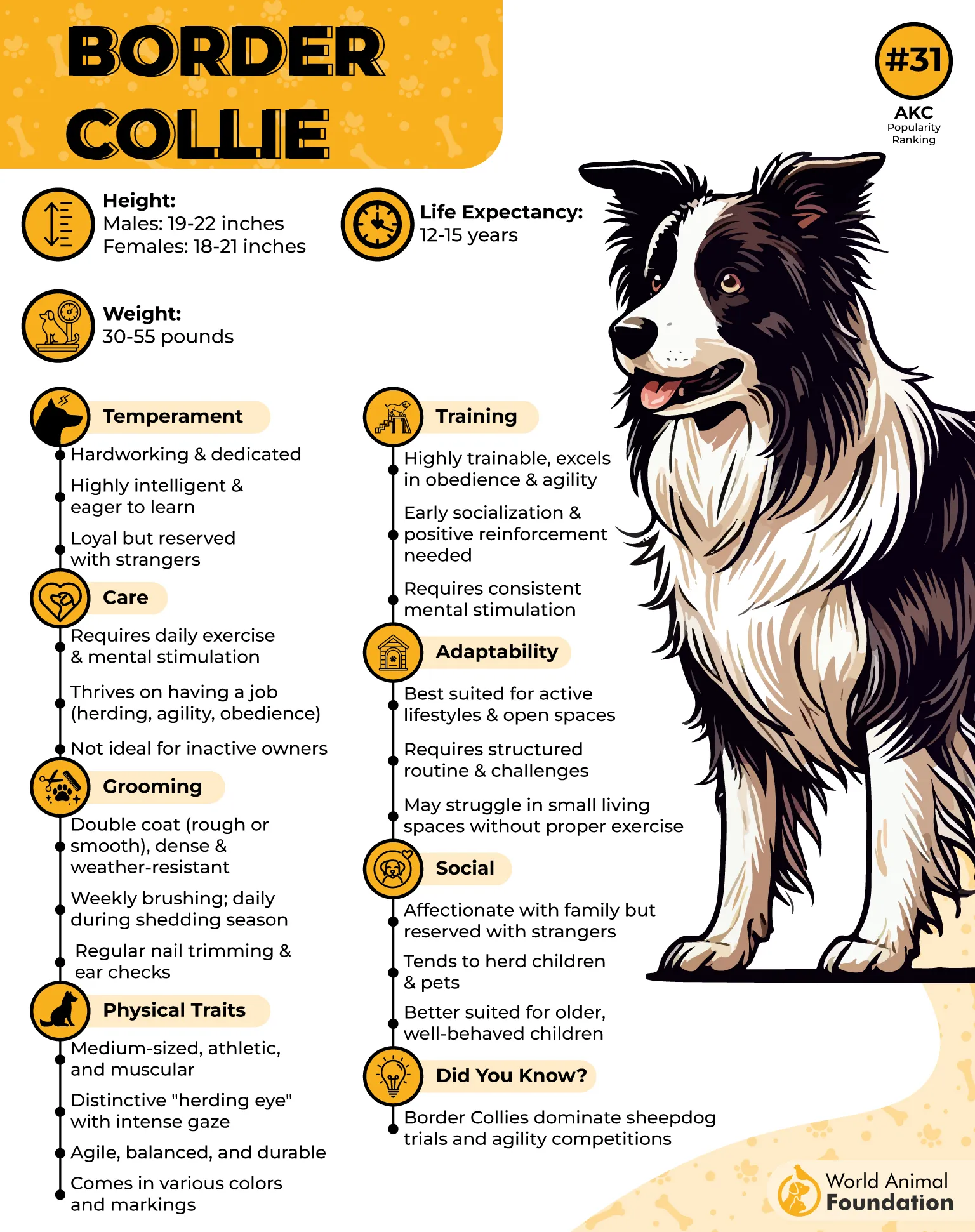
These dogs are hypersensitive to their surroundings. A sudden noise, a change in routine, or even a shift in their owner’s mood can make them uneasy. Their ability to read body language is almost psychic, but it also means they’re prone to stress and overreactions.
Because they were bred for herding, Border Collies need a sense of purpose. Without a job—whether it’s herding, agility training, or puzzle games—they start to feel lost. They don’t just want a challenge; they crave it.
These dogs are also perfectionists and intelligent, states Petplan. They take training very seriously, and they can get visibly upset if they think they’ve done something wrong. Harsh corrections or inconsistent training can make them anxious, as they thrive on structure and clear communication.
Conclusion
Some dog breeds are naturally more prone to canine anxiety in dogs, especially when faced with common anxiety triggers such as separation anxiety, loud noises, or unfamiliar dogs. Anxious dog breeds, including Labrador Retrievers, Miniature Schnauzers, and Border Collies, tend to exhibit anxiety-driven behaviors like excessive barking, destructive chewing, and even canine aggression when left alone. Many of these anxious dogs were originally bred as hunting dogs or herd livestock, requiring constant mental stimulation and physical exercise to stay balanced.
German Shepherds and German Shorthaired Pointers, for example, form deep bonds with their human family and experience severe separation anxiety if not given adequate human interaction and physical and mental stimulation. Certain dog breeds like the Jack Russell Terrier, Australian Shepherd, and Bichon Frise are known for their high anxiety levels due to their acute sensitivity and need for a strong human companion. Mixed breed dogs and mixed breeds can also develop dog anxiety, especially if they lack early socialization with other dogs, family members, and different environments.
Wheaten Terriers and Spanish Water Dogs are affectionate companion dogs, but they are also genetically predisposed to severe anxiety, particularly if their breed thrives on companionship and constant engagement. Additionally, certain dog breeds, like the Cavalier King Charles Spaniel and Staffordshire Bull Terriers, may develop fear-based anxiety, especially when exposed to common signs of distress, such as sudden changes in routine or isolation from their human companions. Whether it’s a furry friend prone to anxiety responses or a high-anxiety dog breed, understanding their needs and providing proper care can make a huge difference in their overall well-being.


